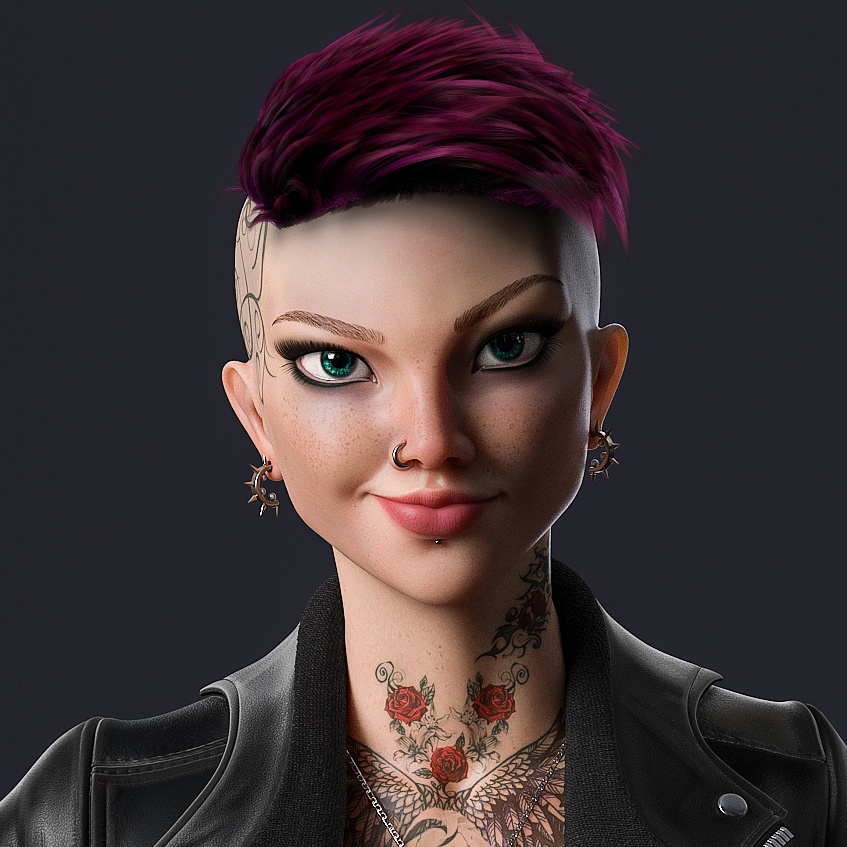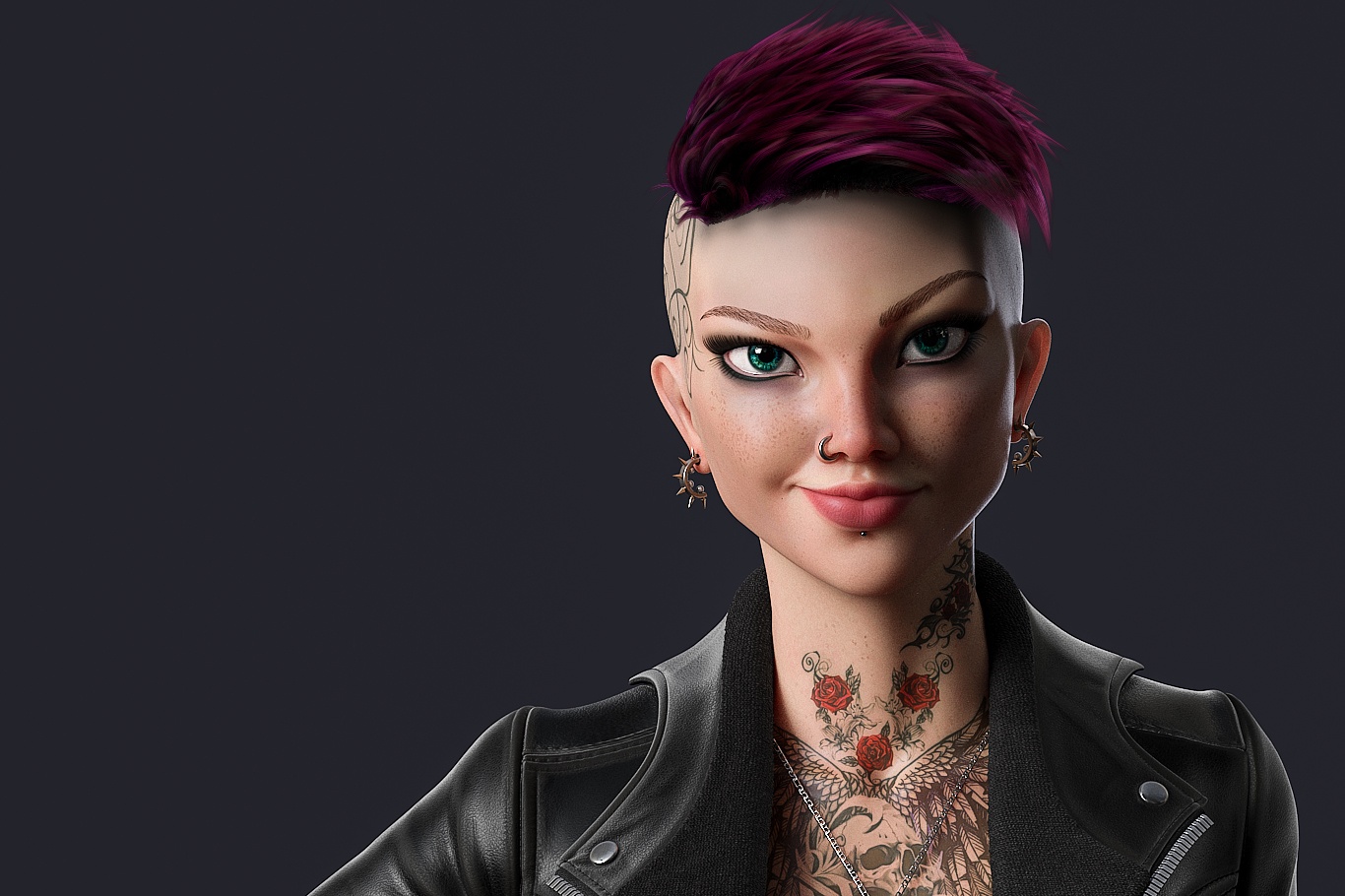The AL Surface Material has two reflection rollouts with identical parameters for precise control over two types of reflection. Reflect color – The reflection color. Note that the reflection color dims the diffuse surface color. Reflect strength – A multiplier for the reflection color. Reflect roughness – Used to simulate rough surfaces or surfaces covered with dust. Reflect IOR – The IOR to use when calculating Fresnel reflections. Normally this is locked to the Refraction IOR parameter, but you can unlock it for finer control. Reflect distribution – Determines the type of BRDF (the shape of the highlight): Beckmann – Uses a Beckmann distribution for the reflection.
GGX – Uses GGX distribution for the reflection. The GGX distribution has a longer "tail" compared to the Beckmann distribution. Reflect bump texture – Allows you to select a texture for the bump or normal map for the reflection component. The bump effect here is added to the General parameters bump effect. If no map is set in the General parameters or the map there is disabled, the map in this layer still produces its bump effect. | 
























































